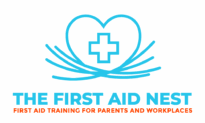Essential Baby First Aid Skills Every Aussie Mum Should Know
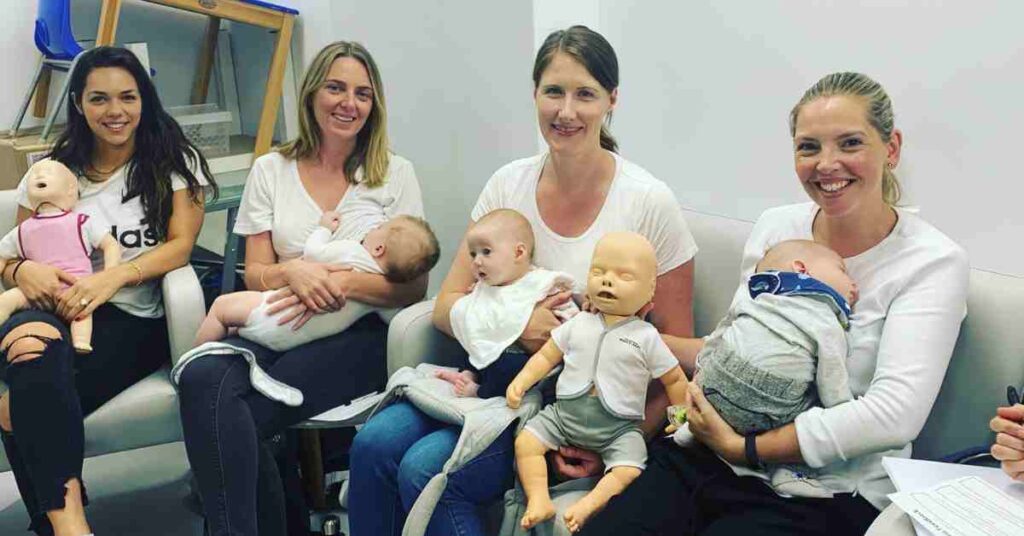
Becoming a mum comes with a steep learning curve—and while most of it is joyful, some of it can feel overwhelming. Among the most empowering things a parent can do is learn baby first aid. Whether it’s a minor bump or something more serious, knowing what to do in an emergency can give you a sense of calm confidence and help keep your little one safe.
In Australia, with our love for outdoor living and busy family schedules, accidents can happen quickly. Understanding how to respond in those critical moments before help arrives is important and helpful. From choking to allergic reactions and burns, here are essential first aid skills every Aussie mum should know.
1. What to Do If Your Baby Is Choking
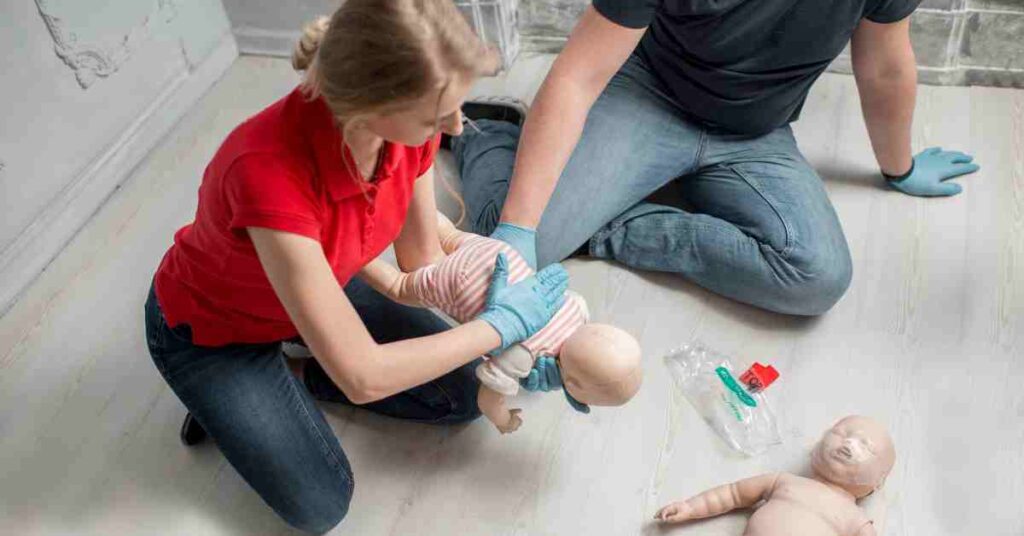
Babies explore the world with their mouths, so it’s no surprise choking is a common risk. It can happen during feeding or when they grab something small and try to swallow it.
Can’t cry or make sounds
Struggling to breathe or coughing weakly
Skin turning pale or blue
Steps to follow:
If baby can cough: Encourage them to keep coughing.
If baby is silent or struggling to breathe:
Lay baby face-down along your forearm, supporting the head and neck.
Give 5 firm back blows between the shoulder blades.
If the object doesn’t come out, turn baby over and give 5 chest thrusts using two fingers just below the nipple line.
Repeat until the object is expelled or medical help arrives.
☎️ Always call 000 if your baby stops breathing or becomes unresponsive.
Prevention tip: Avoid high-risk foods like grapes (unless cut), popcorn, or nuts until your child is older. Always supervise meals.
2. Responding to Burns and Scalds
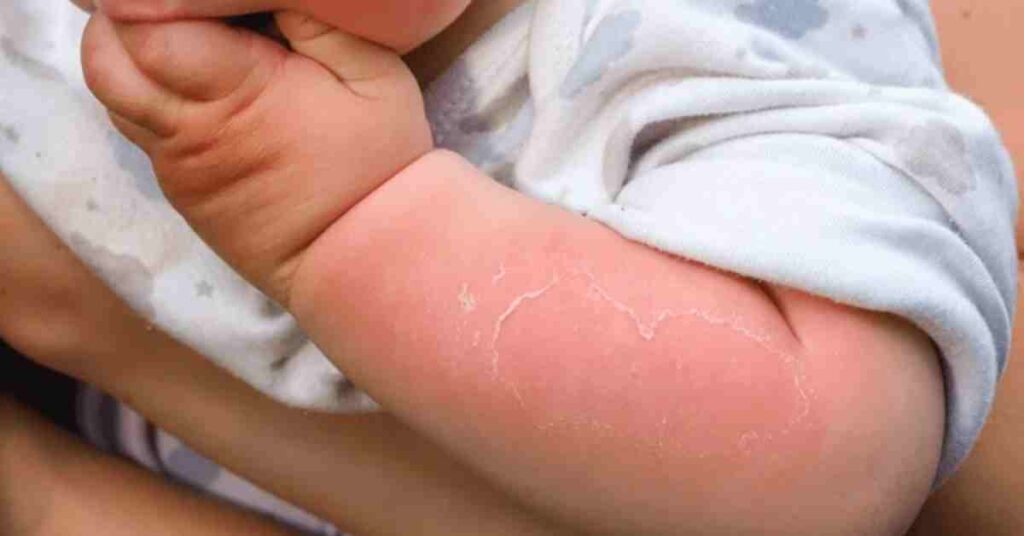
From hot tea spills to accidental contact with hot surfaces, burns can happen quickly—especially in busy kitchens or during summer.
First steps:
Cool the area immediately with running cool water for at least 20 minutes.
Remove any clothing or nappies near the area, unless stuck to the skin.
Cover the burn loosely with a clean, non-stick dressing or plastic wrap.
🚫 Avoid:
Ice, butter, or ointments
Breaking any blisters
When to seek help:
Burns on the face, hands, or genitals—or those larger than a 20-cent coin—should be seen by a paediatrician.
3. Recognising Allergic Reactions and Anaphylaxis
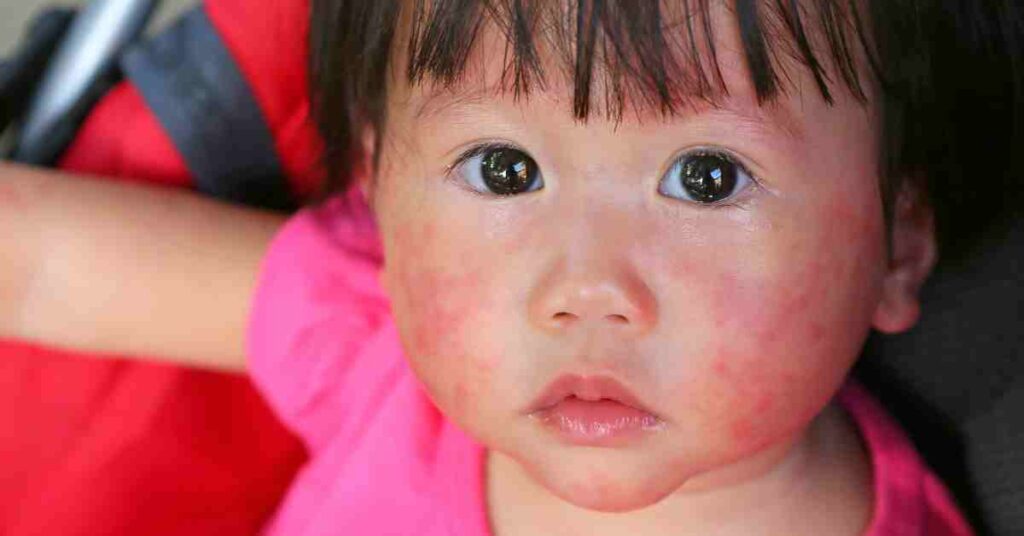
Food allergies are on the rise in babies, and reactions can happen quickly when introducing new foods. Some are mild, but others can escalate into a medical emergency.
Mild reactions include:
Rash or hives
Swelling of lips, eyes, or face
Vomiting
Signs of anaphylaxis (a serious reaction):
Trouble breathing or noisy breathing
Swelling of tongue or throat
Pale and floppy
Sudden tiredness or unresponsiveness
What to do:
For mild symptoms, stop feeding the food and offer water.
For signs of anaphylaxis:
Call 000 immediately
Administer EpiPen if available
Lay baby flat and keep them calm while waiting for help
Tip: If you have a family history of allergies, consult your GP before introducing common allergens like egg, peanut, or dairy.
4. Managing Fevers Safely
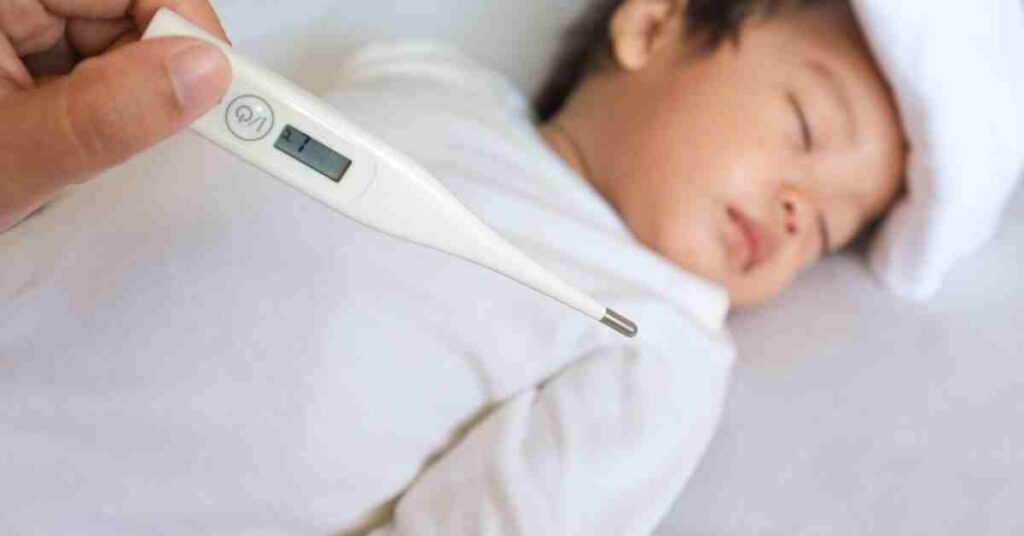
Fevers are common and usually harmless, but they can be concerning—especially in babies under 3 months.
Keep baby in lightweight clothing
Offer plenty of fluids (breastmilk or formula)
Use a digital thermometer to monitor temperature
You can give infant paracetamol or ibuprofen (check age and dosage) if recommended by your doctor.
Fever over 38°C in a baby under 3 months
Unusual drowsiness, poor feeding, or signs of dehydration
You can also call Healthdirect (1800 022 222) for free medical advice 24/7.
5. Infant CPR: Life-Saving Basics
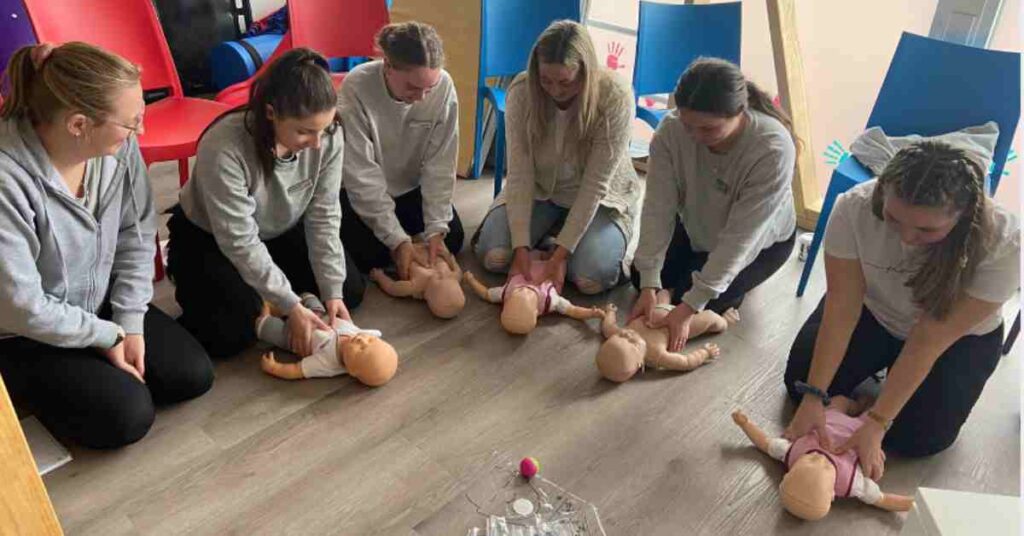
Learning CPR can be one of the most valuable tools in your parenting toolkit. While this guide covers the basics, we highly recommend enrolling in a baby-specific CPR course like those offered at The Nest CPR.
If your baby is unresponsive and not breathing normally:
Call 000
Place baby on a firm surface
Give 30 chest compressions using two fingers in the centre of the chest (just below the nipple line)
Follow with 2 gentle breaths into both nose and mouth
Continue 30:2 (compressions to breaths) until help arrives
6. First Aid for Bumps and Bruises
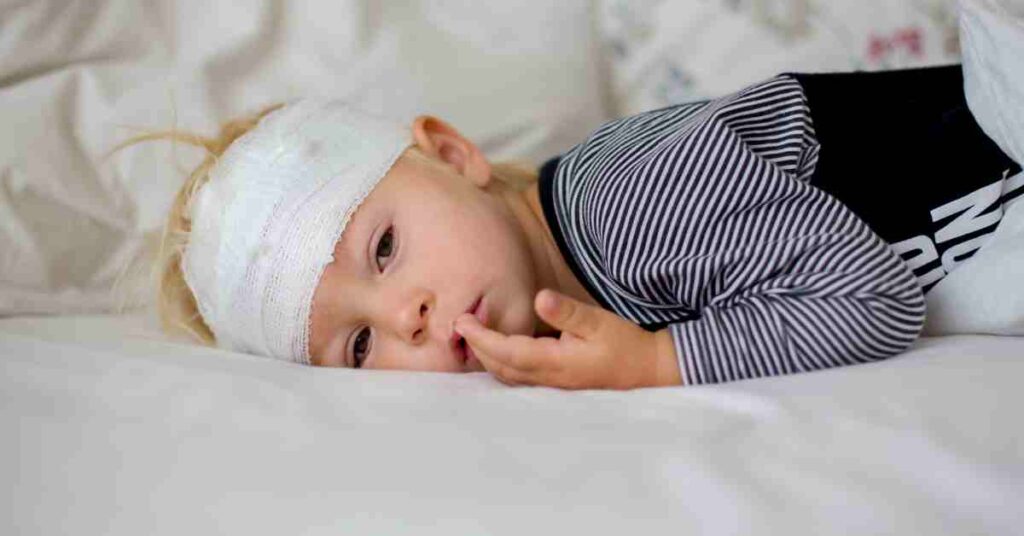
Babies are top-heavy and curious—which means bumps to the head are common.
Apply a cold pack wrapped in a cloth to reduce swelling
Comfort your baby and monitor for any unusual symptoms
Call a doctor if your baby:
Vomits more than once
Becomes very drowsy or irritable
Loses consciousness
Has trouble walking (if old enough)
7. Creating a Baby First Aid Kit
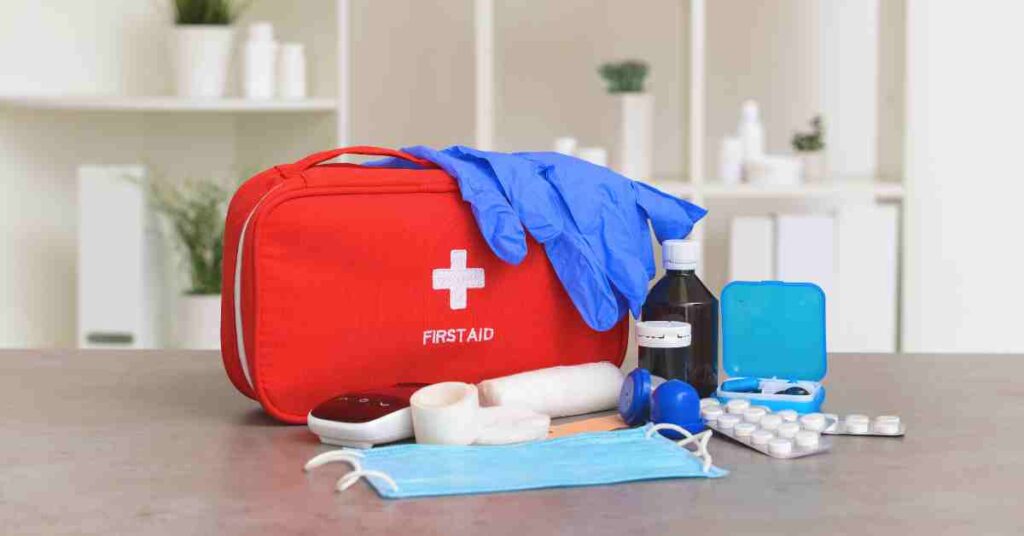
Having a well-stocked kit at home—and a mini version in your nappy bag—can help you respond quickly.
Include:
Digital thermometer
Infant pain relief (paracetamol/ibuprofen)
Adhesive bandages and sterile gauze
Saline solution for cleaning eyes or wounds
Antiseptic wipes
Tweezers
Emergency contact numbers
EpiPen Jr (if prescribed)
CPR reference card
8. Book a Baby & Child CPR Class
Nothing beats hands-on learning. At The Nest CPR, we offer baby and child-specific first aid courses tailored for Aussie families. You’ll gain practical skills, build confidence, and know exactly what to do when it matters most.
Whether you’re a first-time mum or a seasoned parent, learning CPR and first aid is one of the most empowering steps you can take.
Want more? We’ve got you covered…
Our Baby First Aid Courses
 Learn Baby & Child First Aid Online – Anytime, Anywhere
Learn Baby & Child First Aid Online – Anytime, Anywhere
At The First Aid Nest, we make it easy for busy parents to learn life-saving skills from the comfort of home.
Our online baby first aid courses are designed by a children’s nurse and allergy specialist, focusing on the things parents worry about most:





Our First Aid Certificate Courses
We run most of the popular first aid courses Australia wide. HLTAID011 Provide First Aid, HLTAID009 Provide CPR, HLTAID012 Provide First Aid in an Education & Care Setting, Mental Health first aid and CPR/LVR to name a few.
Book your public spot online or contact us if you have a group of 5+ people for onsite training.
Here are some other resources you may enjoy!
FREE GUIDE: Essential Weaning Bundle (Choking first aid Guide, Top 9 Allergy Foods Guide & Allergy Food Tracker!)
FREE Masterclass: Safe & Simple: Prep Foods To Avoid Choking & Allergies
FREE Workplace Emergency Preparedness Plan: Grab this at the bottom of every page!
Follow for baby & child first aid and allergy info and tips on Instagram & TikTok, all @thenestcpr
